
The exponential moving average is the oldest form of technical analysis. It is one of the most popular trading indicators used by thousands of traders. In this step-by-step guide you will learn a simple exponential moving average strategy. Use what you learn to turn your trading into a successful, long-term trader! A moving average can be a very effective indicator. Many traders use exponential moving averages, a kind of effective moving average indicator , to trade in a variety of markets.
The exponential moving average strategy, or EMA strategy, is used to identify the dominant trend in the market. It can also provide support and resistance levels to execute your trades.
Our team at Trading Strategy Guide has covered the topic, trend following systems. You can review the trend here, MACD Trend Following Strategy – Simple Trading Strategy to Learn . You can also learn the basics of support and resistance here, Support and Resistance – Road to Successful Trading .
Make sure you go through the recommended articles if you want to better understand how the market works. Building a foundation of understanding will greatly improve your results as a trader.
The exponential moving average EMA strategy is a universal trading strategy that works in all markets. This includes stocks, indices, Forex, currencies and crypto markets, like virtual currency Bitcoin . If exponential moving average strategies work on any type of market, they should work for any timeframe. Simply put, you can trade it on your favorite chart. Also, read hidden secrets of moving average .
Let’s first look at what a moving average is and the exponential moving average formula. Then we will dive into some of the key rules of the exponential moving average strategy,
Explanation of formulaexponential moving average and exponential moving average
An exponential moving average is a line on a price chart that uses a mathematical formula to smooth price action. It shows the average price over a given period. The EMA formula puts more weight on recent prices. This means it is more reliable as it reacts more quickly to the latest changes in price data.
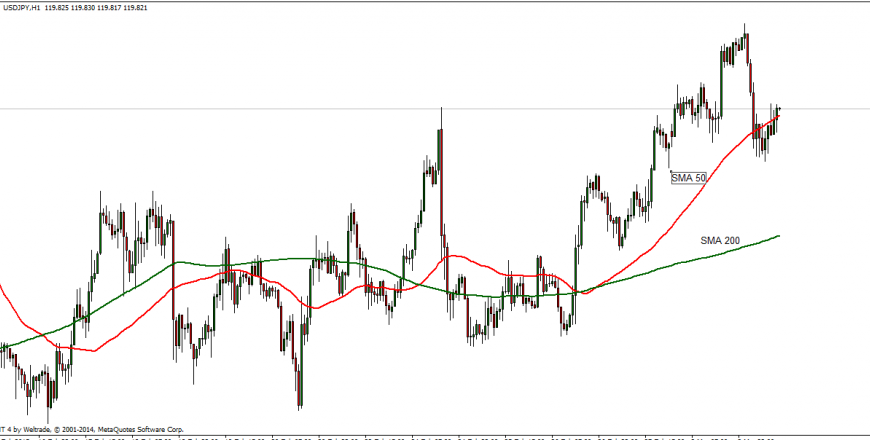
An exponential moving average tries to reduce the confusion and noise of daily price action. Second, the moving average smooths the price and reveals the trend. It even sometimes reveals patterns that you can’t see. Averages are also more reliable and accurate in forecasting future changes in market prices.
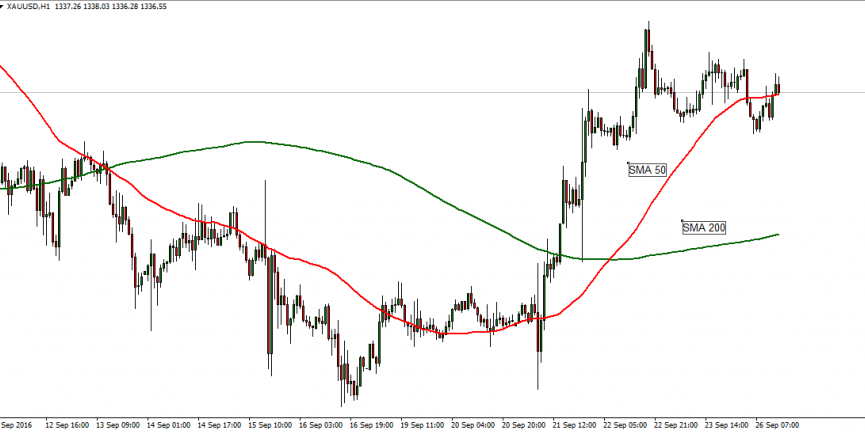
There are 3 steps for exponential moving average formula and EMA calculation. The formula uses the simple moving average SMA as the starting point for the EMA value. To calculate the SMA, take the total number of periods and divide by 20.
We need a multiplier that makes the moving average more focused on the most recent price.
The moving average formula brings all of these values together. They make up the moving average.
The exponential moving average formula below is for the 20-day EMA:
Initial SMA = 20 period total / 20
Coefficient = (2 / (Duration + 1)) = (2 / (20 + 1)) = 0.0952 (9.52%)
EMA = {Close – EMA (previous day)} x multiplier + EMA (previous day).
The general rule is that if the price trades above the moving average, we are in an uptrend. As long as we stay above the exponential moving average, we should expect higher prices. Conversely, if we trade below, we are in a downtrend. As long as we are trading below the moving average, we should expect lower prices.

Before we go any further, we always recommend that you write down the trading rules on a piece of paper. This exercise will accelerate your learning and you will become a better trader.
Start…
Exponential Moving Average Strategy
(Trading rules – Sell deals)
Our exponential moving average strategy consists of two elements. The first level to capture a new trend is to use two exponential moving averages as entry filters.
By using one moving average with a longer period and one with a shorter period, we automate the strategy. This removes any form of subjectivity from our trading process.
Step #1: Plot histogram above the 20 and 50 EMAs
The first step is to properly set up our charts with the right moving averages. We can identify the EMA crossover at a later stage. Exponential Moving Average Strategy using 20 and 50 period EMAs.
Most standard trading platforms come with default moving average indicators. There should be no problem locating the EMA on your MT4 or Tradingview platform.
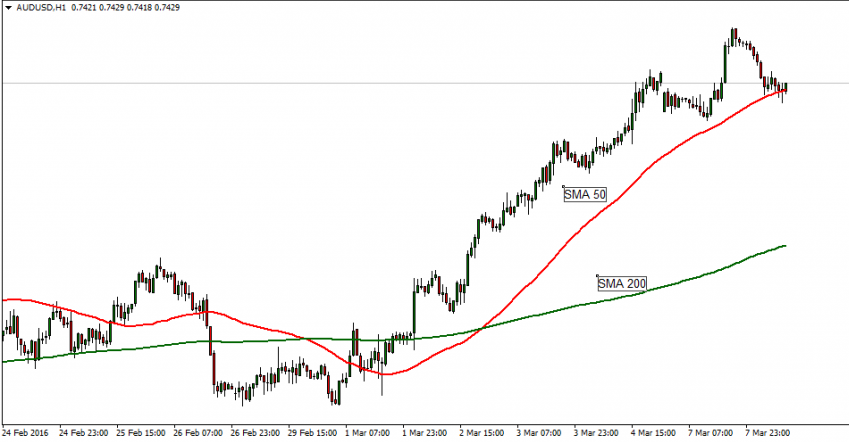
Now, we are set to take a closer look at the price structure. This brings us to the next step of the strategy.
Step #2: Wait for the EMA crossover and the price to trade above the 20 and 50 EMA.
The second principle of this moving average strategy is the need for price to trade above both the 20 and 50 EMA. Second, we need to wait for the EMA crossover, which will add weight to the bullish case.
We refer to an EMA crossover for a buy trade when the 50 EMA crosses the 50 EMA.
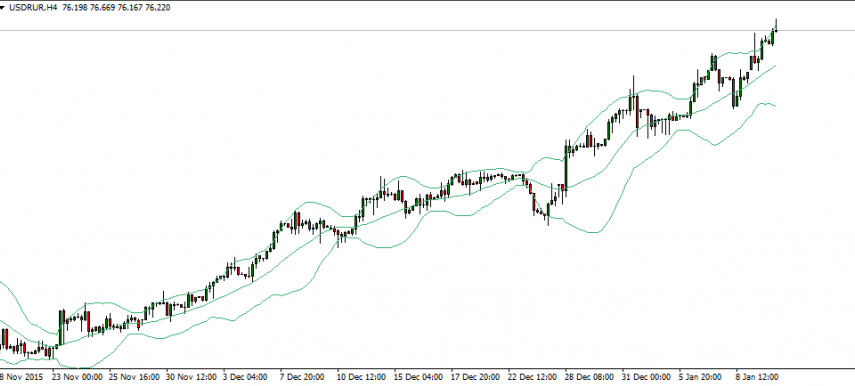
By looking at the EMA crossover, we generate automatic buy and sell signals.
Since the market is prone to false breakouts, we need more evidence than a simple EMA crossover. At this stage, we don’t know if the bullish sentiment is strong enough to push the price even further after we buy for a profit.
To avoid false breakouts, we have added a new confluence to support our view. This brings us to the next step of the strategy.
Step #3: Wait for the area between 20 and 50 EMA to be tested at least twice, then look for buying opportunities.
The conviction behind this moving average strategy is based on many factors. After the EMA crossover occurs, we need to practice more patience. We will wait for two consecutive and successful retries of the area between the 20 and 50 EMA.
Two successful retests of the area between the 20 and 50 EMA provide the market with enough time to develop a trend.
Never forget that there is no such thing as too high a price to buy in the transaction. And no price is too low to sell.

Note * When we refer to the area between the 20 and 50EMA, we don’t really mean that the price needs to trade in the space between the two moving averages.
We just want to cover the entire price spectrum between two EMAs. This is because the price will only slightly touch the shorter moving average (20-EMA). But this is still a successful experiment.
For now, we still need to determine exactly where we are going to buy. This brings us to the next step of the strategy.
Step #4: Buy at the market as we retest the area between 20 and 50 EMA for the third time.
If price successfully retests the area between 20 and 50 EMA for a third time, we will go ahead and buy at market price. We now have enough evidence of strong bullish momentum to continue pushing this market higher.

For now, we still need to determine where to place the protective stop loss and where to take profit. This brings us to the next step of the strategy.
Step #5: Place a protective stop Loss 20 pips below the 50 EMA
After the EMA crossover happened and after we had two consecutive retries, we knew the trend was up. As long as we trade above both exponential moving averages, the trend remains intact.
In this regard, we place a protective stop loss 20 pips below the 50 EMA. We have added a 20 pip buffer because we understand that we do not live in a perfect world. The market tends to distort.
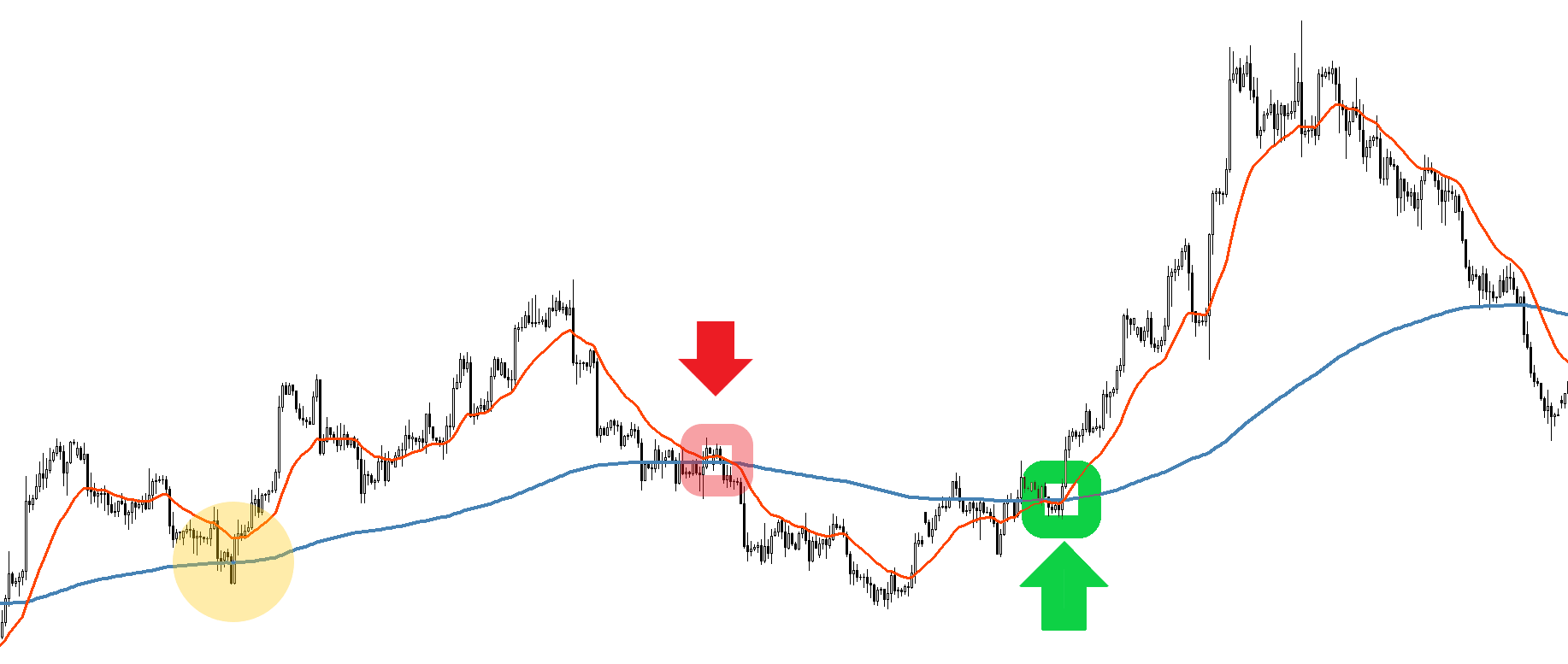
The last part of our EMA strategy is the exit strategy. It is based again on an exponential moving average.
Step #6: Take profit when we break and close below the 50 EMA
In this particular case, we are not using an exit technique similar to our entry technique, which is based on the EMA protocol.
If we wait for the EMA crossover to happen on the other side, we will return some potential profits. We need to consider the fact that the exponential moving averages are a lagging indicator.
The exponential moving average formula used to plot our EMA allows us to remain profitable even when the market is about to reverse.
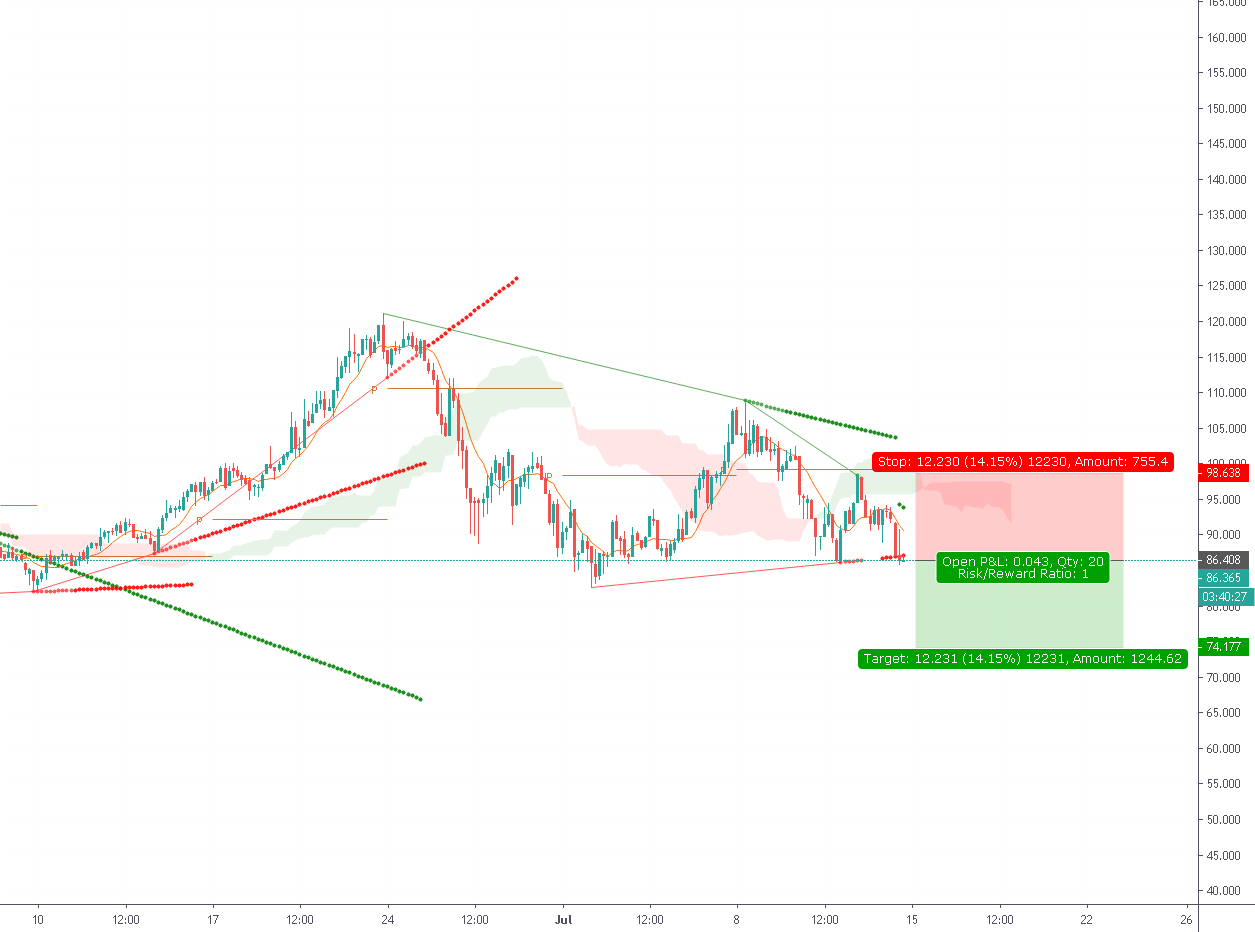
Note ** The above is an example of a BUY transaction. Use the same – but opposite – rules for a SELL trade. However, as the market goes down much faster, we sell on the first retest of the 20 to 50 zone. After the EMA crossover occurred.
In the image below you can see a real SALE trade example, using our strategy.

In brief
The exponential moving average strategy is a classic example of how to build a simple EMA crossover system. With this exponential moving average system, we are not trying to predict the market. We are trying to react to current market conditions, which is a better way to trade.
The advantage of our trading strategy lies in the exponential moving average formula. It draws a much smoother EMA to provide better entries and exits.
We understand there are different trading styles. If the following trends don’t work for you, try reading our Best Short-Term Trading Strategies – Profitable Short-Term Trading Tips








